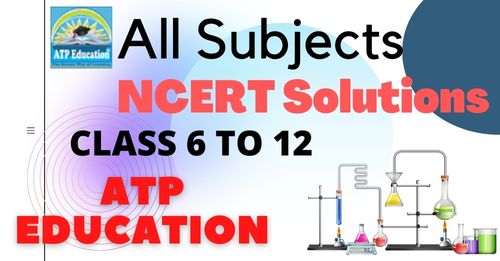Chapter 1. Resources Geography Class 8 In English Medium Ncert Book Solutions Additional - Question
Chapter 1. Resources : Additional - Question Geography class 8th:English Medium NCERT Book Solutions
NCERT Books Subjects for class 8th Hindi Medium
Chapter Chapter 1. Resources Additional - Question: NCERT Book Solutions for class 8th. All solutions and extra or additional solved questions for Chapter 1. Resources : Additional - Question Geography class 8th:English Medium NCERT Book Solutions.. All ncert books and cbse syllabus are solved chapter by chapter and also exercise within chapter and exercise solved by our expert in Hindi and English Medium for studends.
NCERT books solved questions and answers Chapter 1. Resources, Chapter 1. Resources solved questions and answers, Chapter 1. Resources in english Medium, NCERT Book Solutions for 8 Geography, chapter and excercise for Geography-Additional - Question, NCERT Book Solutions for class 8th, Geography, Geography class 8th, class 8th Geography, All solutions and extra or additional solved questions for Chapter 1. Resources, Geography Chapter 1. Resources, Additional - Question, Geography class 8th, English Medium NCERT Book Solutions
Chapter 1. Resources
Additional - Question
Additional - Question:
Que: What are Resources?
Ans: Anything that can be used to fulfil a need and has some value is a resource. Substances like water, electricity, vegetables, cars and textbooks all have a specific utility and hence they are considered as resources. Some resources are economically valuable while some are not. Beautiful scenery does not have an economical value like gold, but it is equally important to satisfy human utility. Some resources may gain value with time while some may lose their value.
Que: What are changes between Time and Technology?
Ans: Time and technology play a significant role in changing substances into valuable resources. These two factors are related to the needs of the people. As people themselves are the most significant resource, their ideas, knowledge, inventions and discoveries with time lead to the formation of more resources. With the advancement of technology, every discovery or invention leads to many other subsequent ones. Here are a few examples:
-
The discovery of fire gave the idea of cooking.
-
Agricultural development came out as a result of domestication of animals.
-
The invention of the wheel caused the invention of various modes of transport.
-
The technology to produce hydroelectricity has resulted in the successful harnessing of energy present in fast-flowing water.
Que: What are The Principles of Sustainable Development?
Ans:
-
Respect and care for all forms of life
-
Improve the quality of human life
-
Conserve the earth’s vitality and diversity
-
Minimise the depletion of natural resources
-
Change personal attitude and practices towards the environment
-
Enable communities to care for their own environment
Que: Explain how resources have value.
Ans: Resources have a value if they are of any use to the people, directly or indirectly. The resources can either have a commercial value or they do not have a commercial value. Here are some examples:
Platinum is a resource that has economic value as we make many valuable products from it like jewellery.
A beautiful landscape that you observe may not have economic value but is still said to be a resource as it is functional in providing pleasure to the human mind.
Que: What is wind energy and why is it becoming important?
Ans: Wind energy is the use of power of wind to generate electricity which we can use for other purposes. A turbine is rotated using wind energy and this generates electricity we can use.
As wind turbines are an environmentally clean and sustainable renewable form of electricity, wind power is gaining popularity. Wind energy is also emerging as an economically competitive source of energy as compared to most conventional power sources.
Que: Why is a human resource important?
Ans: Human resources are important because humans are sometimes skilled and can be trained to make the best use of nature in order to use the existing resources and also generate more resources using the knowledge and technology that they gain over time.
Que: Mention and define the major types of natural resources.
Ans: Broadly, there are two types of resources:
Renewable Resources whose availability is not affected by human consumption. These resources get renewed quickly even with constant human usage.
Non-Renewable Resources which have a limited supply and are highly affected by human consumption. These resources decline with human consumption. They take thousands of years to get formed. For example, coal and petroleum.
ATP Educationwww.atpeducation.com ATP Education www.atpeducation.com
ATP Education
See other sub-topics of this chapter:
1. Exercise NCERT class 8 Chap-Chapter 1. Resources
2. Additional - Question class 8 Chap-Chapter 1. Resources
Advertisement
NCERT Solutions
Select Class for NCERT Books Solutions
Notes And NCERT Solutions
Our NCERT Solution and CBSE Notes are prepared for Term 1 and Terms 2 exams also Board exam Preparation.
Geography Chapter List
Chapter 1. Resources
Chapter 2. Land, Soil, Water, Natural Vegetation and Wildlife Resources
Chapter 3. Mineral and Power Resources
Chapter 4. Agriculture
Chapter 5. Industries
Chapter 6. Human Resources


